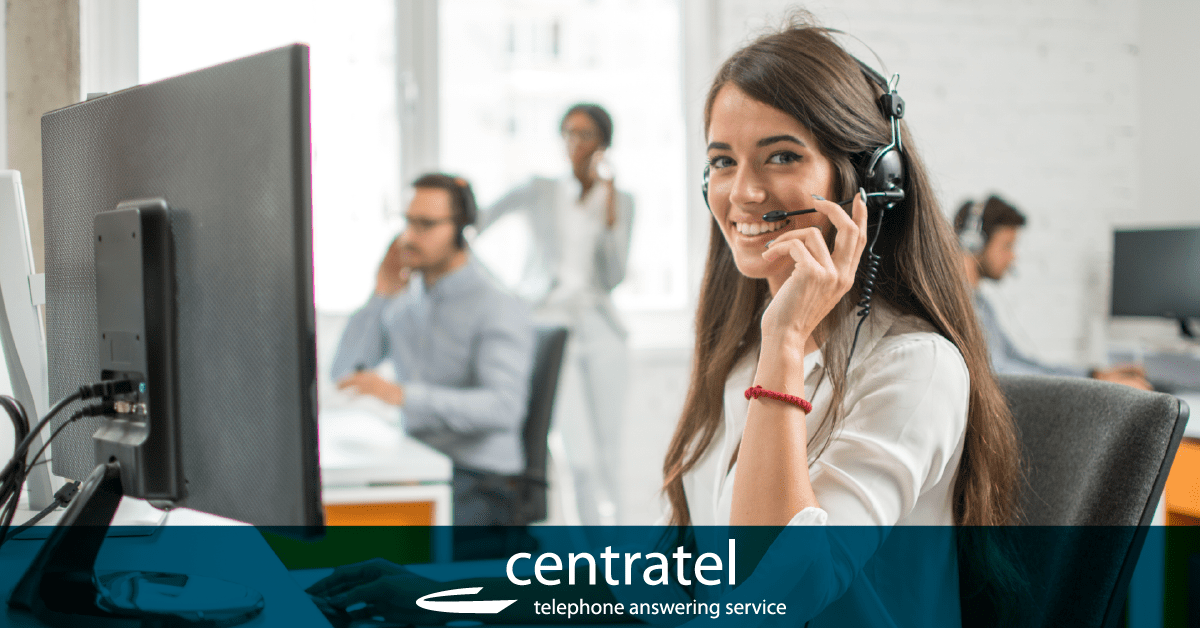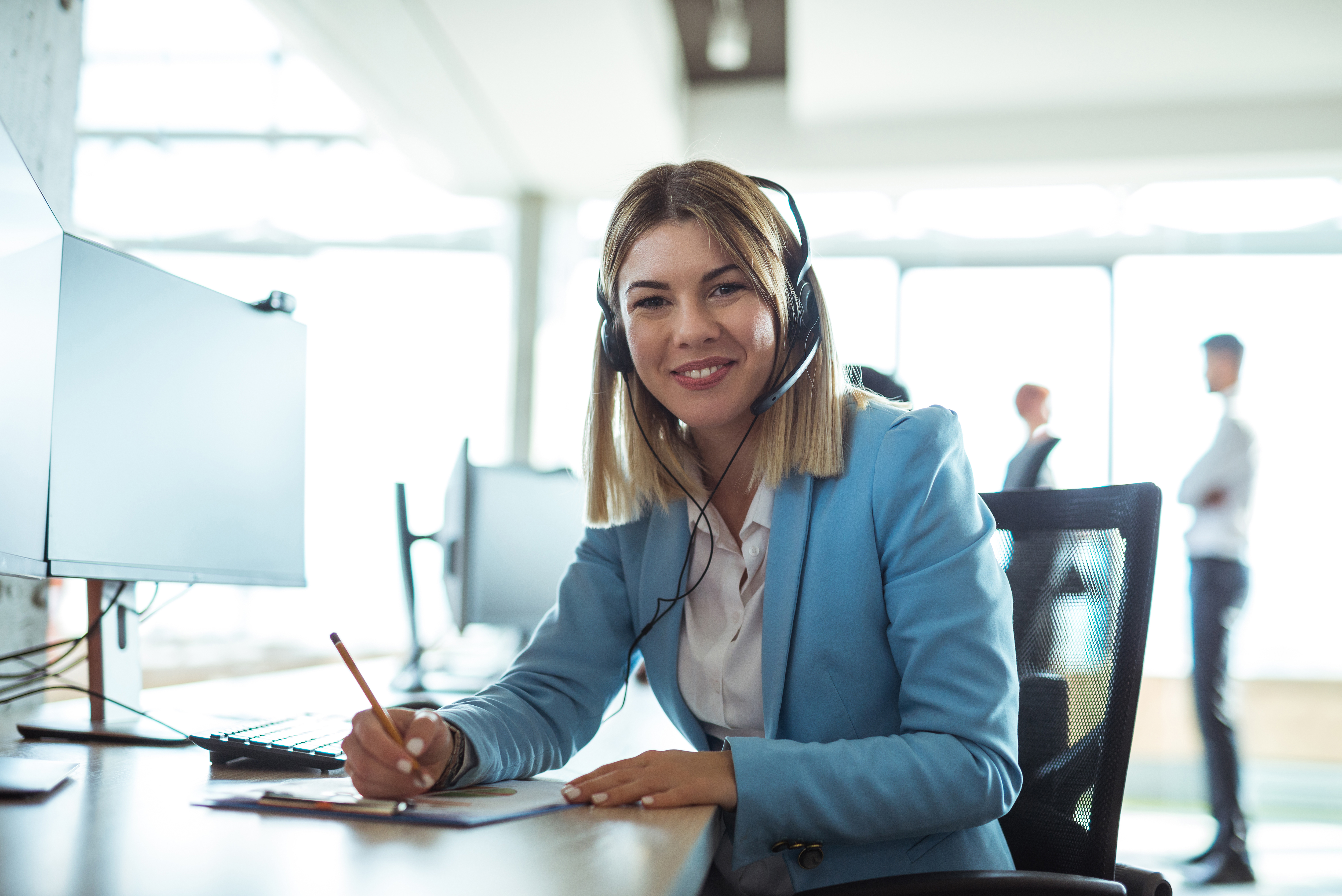All Categories
Featured
Table of Contents
- – What Is The Best The Ultimate Guide To Telephon...
- – Best Can What Are Business Call Answering Serv...
- – What Is The Best Telephone Answering Service: ...
- – How Much Is The New How Answering Services Work?
- – What Is The Best Benefits Of Answering Servic...
- – What Is The Best What Is A Phone Answering S...
What Is The Best The Ultimate Guide To Telephone Answering Services To Get
This gadget and its successors were developed by Sava Jacobson, an electrical engineer with a personal consulting business. While early answering devices utilized magnetic tape innovation, a lot of contemporary equipment uses strong state memory storage; some devices utilize a combination of both, with a solid-state circuit for the outgoing message and a cassette for the incoming messages.
"toll conserving" listed below) (phone call answering). This is helpful if the owner is evaluating calls and does not want to speak with all callers. In any case after going, the calling celebration ought to be notified about the call having been answered (in the majority of cases this begins the charging), either by some remark of the operator, or by some welcoming message of the TAD, or resolved to non-human callers (e.
This holds specifically for the Little bits with digitally saved greeting messages or for earlier devices (before the rise of microcassettes) with an unique limitless loop tape, separate from a 2nd cassette, devoted to recording. There have been answer-only gadgets without any recording capabilities, where the greeting message needed to notify callers of a state of existing unattainability, or e (professional phone answering service).
Best Can What Are Business Call Answering Services? - Chalkboard

about schedule hours. In tape-recording TADs the greeting normally contains an invite to leave a message "after the beep". An answering maker that utilizes a microcassette to record messages On a dual-cassette answerphone, there is an outbound cassette, which after the specified variety of rings plays a pre-recorded message to the caller.

Single-cassette answering devices consist of the outgoing message at the start of the tape and inbound messages on the staying area. They initially play the announcement, then fast-forward to the next available space for recording, then tape the caller's message. If there are lots of previous messages, fast-forwarding through them can cause a substantial hold-up.
This beep is frequently described in the welcoming message, requesting that the caller leave a message "after the beep". TADs with digital storage for the taped messages do not show this delay, of course. A TAD may offer a push-button control center, where the answerphone owner can ring the home number and, by getting in a code on the remote telephone's keypad, can listen to tape-recorded messages, or delete them, even when far from house.
What Is The Best Telephone Answering Service: What It Is And Why It Isn't Enough Company?

Therefore the machine increases the variety of rings after which it responds to the call (usually by 2, resulting in 4 rings), if no unread messages are presently kept, but answers after the set number of rings (usually 2) if there are unread messages. This enables the owner to find out whether there are messages waiting; if there are none, the owner can hang up the phone on the, e.
Some devices also enable themselves to be remotely activated, if they have actually been turned off, by calling and letting the phone ring a particular a great deal of times (normally 10-15). Some service suppliers desert calls currently after a smaller number of rings, making remote activation difficult. In the early days of Little bits a special transmitter for DTMF tones (dual-tone multi-frequency signalling) was regionally needed for push-button control, given that the previously employed pulse dialling is not apt to communicate appropriate signalling along an active connection, and the dual-tone multi-frequency signalling was executed step-by-step.
Any inbound call is not identifiable with respect to these properties in advance of going "off hook" by the terminal equipment. So after going off hook the calls must be changed to suitable gadgets and just the voice-type is instantly accessible to a human, but possibly, nevertheless ought to be routed to a TAD (e.
How Much Is The New How Answering Services Work?
What if I informed you that you do not have to actually choose up your gadget when answering a client call? Another person will. So practical, best? Responding to call doesn't require somebody to be on the other end of the line. Efficient automated phone systems can do the trick simply as effectively as a live agent and sometimes even better.
An automatic answering service or interactive voice reaction system is a phone system that interacts with callers without a live person on the line - phone answering. When companies use this technology, clients can get the answer to a concern about your company simply by utilizing interactions established on a pre-programmed call flow.
Although live operators upgrade the customer support experience, lots of calls do not require human interaction. A basic recorded message or instructions on how a consumer can recover a piece of details generally solves a caller's immediate need - professional phone answering service. Automated answering services are a basic and effective method to direct incoming calls to the best individual.
What Is The Best Benefits Of Answering Service - Professional Services?
Notification that when you call a business, either for assistance or item questions, the first thing you will hear is a pre-recorded voice welcoming and a series of alternatives like press 1 for client service, press 2 for inquiries, and so on. The pre-recorded alternatives branch off to other choices depending upon the customer's choice.
The phone tree system assists direct callers to the best individual or department utilizing the keypad on a cellphone. In some circumstances, callers can use their voices. It deserves keeping in mind that auto-attendant choices aren't restricted to the ten numbers on a phone's keypad. As soon as the caller has chosen their very first choice, you can design a multi-level auto-attendant that uses sub-menus to direct the caller to the best sort of support.
The caller does not need to communicate with an individual if the auto-attendant phone system can manage their concern. The automatic service can route callers to an employee if they reach a "dead end" and need support from a live agent. It is costly to work with an operator or executive assistant.
What Is The Best What Is A Phone Answering Service, And How Does It Work? To Buy In 2023?
Automated answering services, on the other hand, are considerably cheaper and provide considerable expense savings at approximately $200-$420/month. Even if you don't have dedicated staff to manage call routing and management, an automated answering service enhances productivity by permitting your group to concentrate on their strengths so they can more efficiently invest their time on the phone.
A sales lead routed to customer care is a lost shot. If a client who has item concerns reaches the wrong department or receives insufficient answers from well-meaning staff members who are less trained to deal with a particular type of question, it can be a reason for frustration and frustration. An automated answering system can minimize the number of misrouted calls, therefore assisting your workers make better use of their phone time while maximizing time in their calendar for other jobs.
With Automated Answering Systems, you can produce an individualized experience for both your staff and your callers. Make a recording of your primary greeting, and just upgrade it frequently to show what is going on in your company. You can produce as many departments or menu options as you desire.
Table of Contents
- – What Is The Best The Ultimate Guide To Telephon...
- – Best Can What Are Business Call Answering Serv...
- – What Is The Best Telephone Answering Service: ...
- – How Much Is The New How Answering Services Work?
- – What Is The Best Benefits Of Answering Servic...
- – What Is The Best What Is A Phone Answering S...
Latest Posts
Tailored Medical Answering Service
Sought-After Custom Phone Answering Near Me ( QLD 4558)
Cost-Effective Medical Answering Service Near Me
More
Latest Posts
Tailored Medical Answering Service
Sought-After Custom Phone Answering Near Me ( QLD 4558)
Cost-Effective Medical Answering Service Near Me